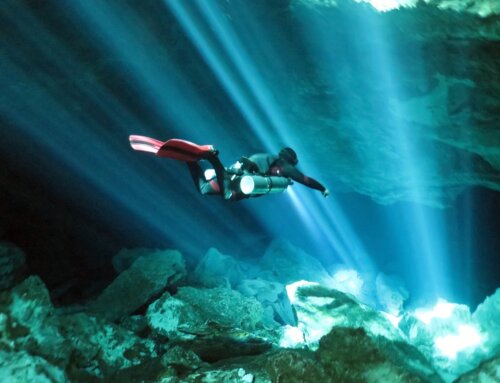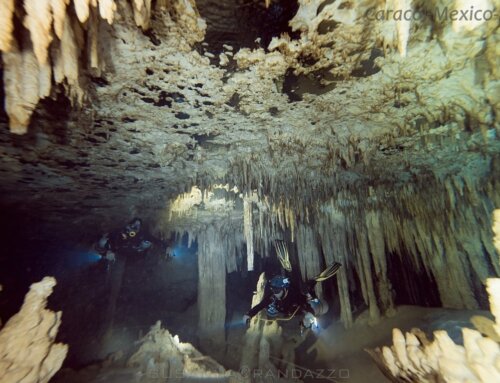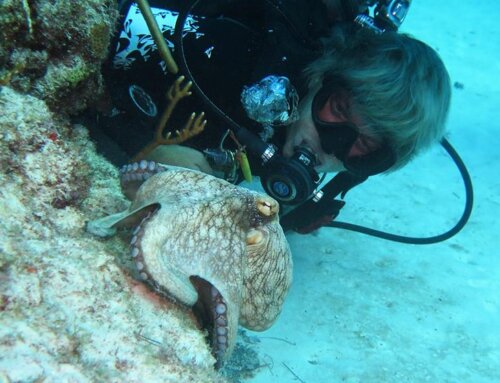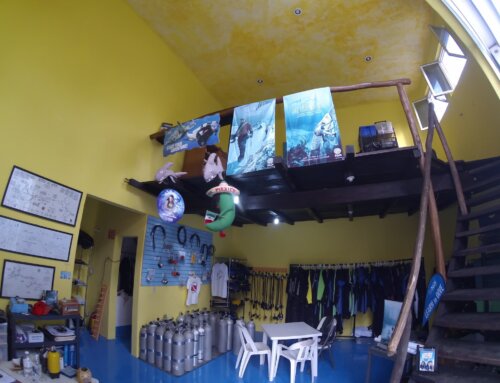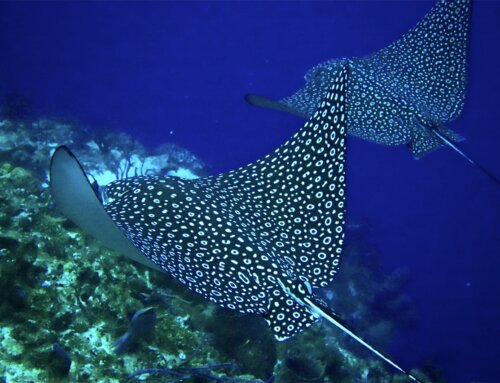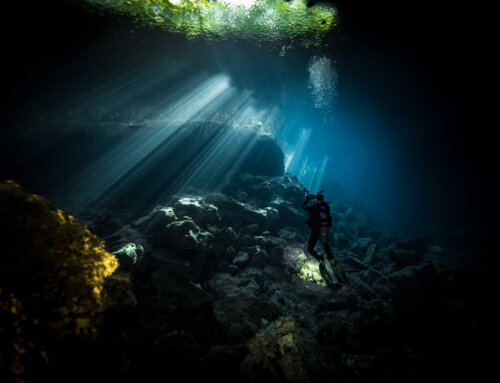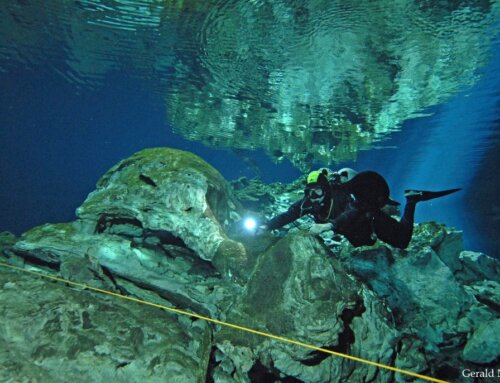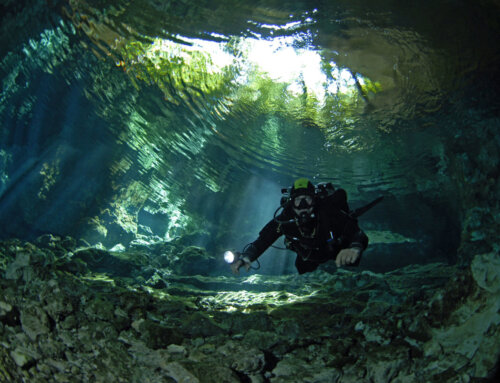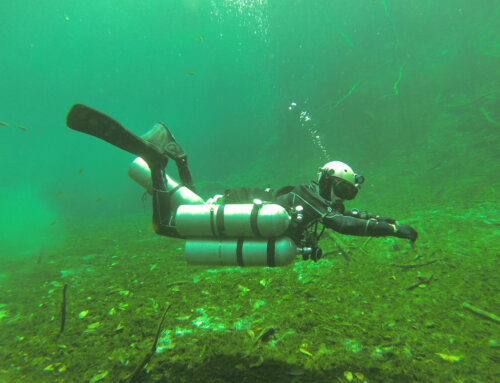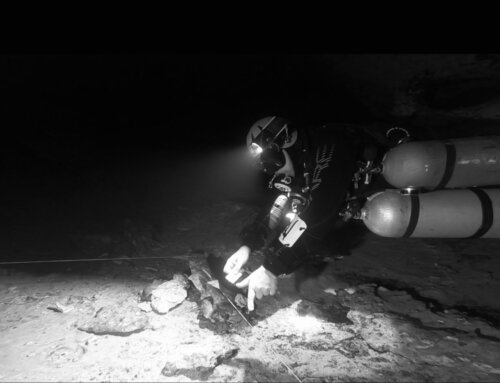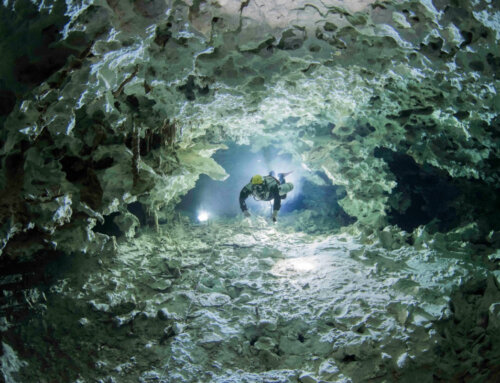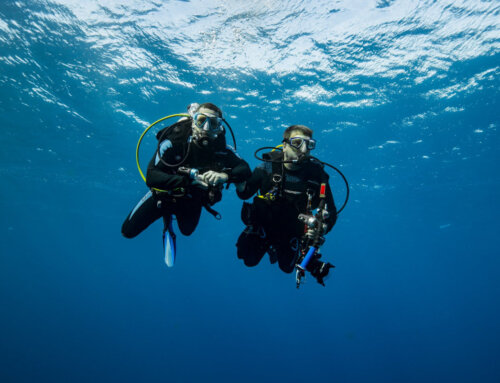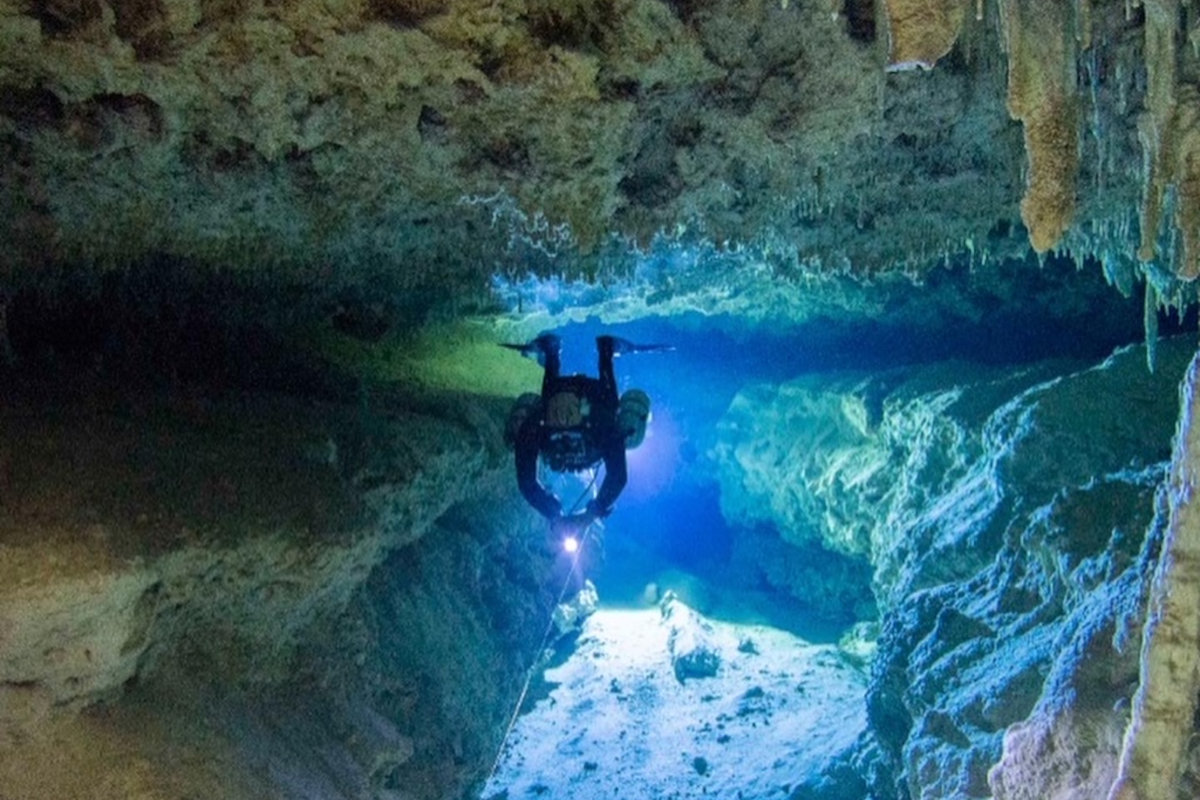
Sidemount diving
Discover the Freedom of Sidemount Diving
Sidemount diving has become increasingly popular among recreational and technical divers — and for good reason. Instead of using the traditional back-mounted tank setup, sidemount divers carry their cylinders on their sides, secured with a waist-level clip and a top bungee. This simple change brings a wide range of benefits that enhance comfort, flexibility, and safety.
Why Choose Sidemount Diving?
One of the biggest advantages of sidemount diving is how it improves buoyancy and trim control. With tanks evenly distributed on both sides of the body, divers can achieve perfect balance in the water. This is especially useful in overhead environments like caves and wrecks, where space is limited and precise movement is essential.
This configuration also reduces strain on the back and shoulders. Tanks can be carried separately to the water’s edge and then clipped on, making sidemount a great choice for divers with physical limitations or injuries. It’s also a fantastic option for anyone looking for a more comfortable and personalized equipment setup.
Better Access and Streamlined Safety
Another key benefit of sidemount diving is direct access to your valves, regulators, and gauges. You don’t have to reach behind your head — everything is right in front of you. This makes it easier to handle emergency situations and increases overall safety, especially in complex dive environments.
For this reason, technical divers often prefer sidemount when diving in caves, conducting decompression dives, or exploring wrecks. However, it’s also gaining popularity in recreational diving — many divers enjoy the freedom, comfort, and sleek profile it offers on regular dive tours.
What You Need to Get Started
To begin your sidemount diving journey, you’ll need:
-
A sidemount harness and wing (we recommend the XDEEP Stealth 2.0 system)
-
First stages with rotating turrets for better hose routing
-
Proper training from certified instructors
-
A good understanding of gas management and regulator switching
At Pluto Dive, we’ve been teaching sidemount diving since 2007. Our team specializes in this configuration across all environments — from shallow cenotes to deep cave systems — and we offer beginner to advanced courses using top-quality gear.
Is Sidemount Right for You?
While sidemount diving offers many advantages, it’s not ideal for every situation. It’s best considered as a tool: perfect for dives that require greater maneuverability, gear access, and flexibility — such as cave diving, wreck diving, and technical decompression dives.
That said, many recreational divers also enjoy sidemount for its comfort and control, and it’s becoming a popular choice on guided dives throughout Playa del Carmen and the Riviera Maya.
Learn Sidemount Diving with Pluto Dive
We believe sidemount diving is one of the most versatile and rewarding scuba configurations available. Whether you’re just getting started or want to advance your skills, our experienced instructors can guide you through every step.
👉 Contact Pluto Dive to learn more or book your sidemount training today!

